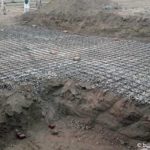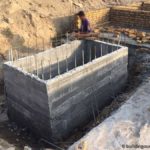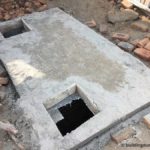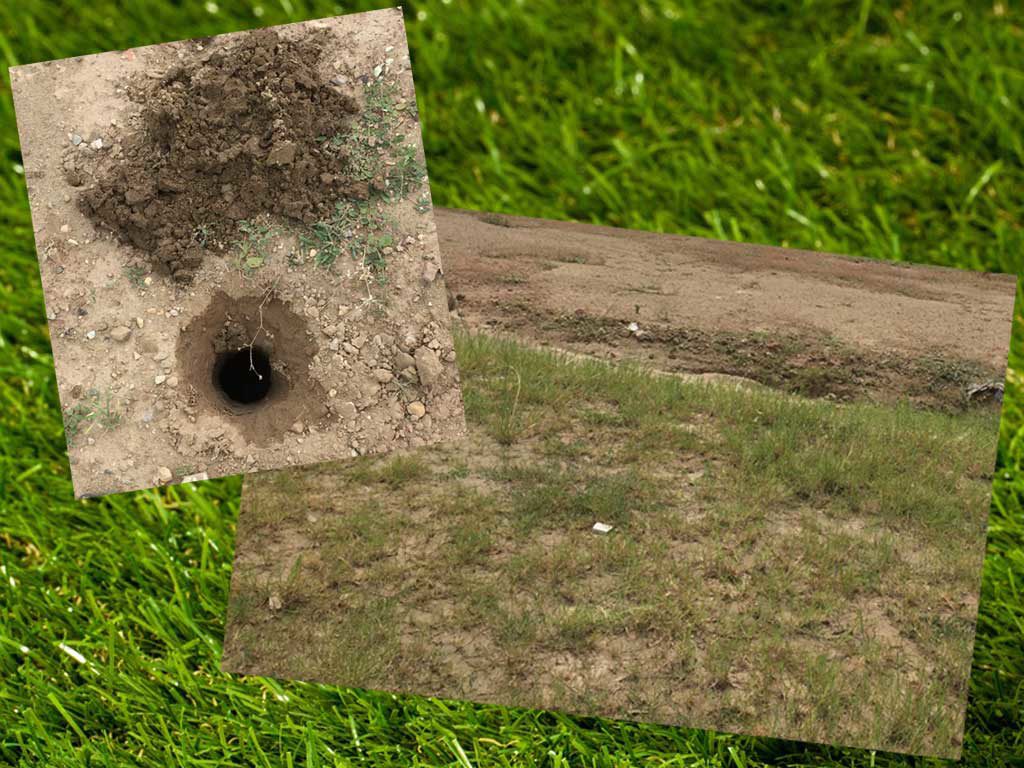Work on Septic tank started when we were making the Raft Foundation. We didn’t discuss it before because we waned to make a separate and dedicated post. Also the work on septic tank is done in multiple steps which was weeks apart from each other. Se we thought to document these steps together and keep the consistency by removing the gaps.
Septic tank is sometimes also known as Sewage tank. A concrete tank with a storage capacity of 4000 – 7000 liters. One end of this rectangular tank has an inlet pipe, which brings all the sewage, and the other end has a pipe which connects to sewage system.
Now there are a lot of things to discuss regarding septic tank system, i.e. structure of septic tank, how it works, types of waste water, how sewage should be transferred etc. Lets discuss them one by one.
Why do I need a Septic tank
First of all, maybe the housing society where you live in has rules that force you to create a septic tank? Even if that’s not the case, you should not transfer the sewage directly to the soil. It will cause soil pollution and contaminate the drinking water in your area.
Good Housing societies normally have sewage treatment plants. They build a network of sewage system which connects to sewage treatment plant. All the sewage is collected and treated. Treatment removes the elements or chemicals that are harmful to soil and that can cause pollution. After treatment, water is ready to be transferred to the soil.
Septic tank helps the sewage system by storing most of the organic sewer from the house. It gradually decomposes the organic materials, thereby, helping the treatment process.
How to make a Septic Tank?
Septic tank can be considered as a storage tank. It will store the wastewater, slowly decompose it, and once the tank is full, it will slowly transfer the (almost treated) wastewater to the sewage system. This greatly helps the sewage system.
Structure
Septic tank is a rectangular concrete box, divided into three sections. Each section has a storage from 1300 – 2300 liters. First and second section are connected by a gap at top, and seconds and third section are connected by a gap at bottom. See our plans below:
Idea is that the inlet pipe will bring all the black water to the first section (Types of water are discussed in the next section, for now think of black water as toilet sewage). As the first and second sections are connected on top, so once the first section fills up, sewage will be transferred to second section.
Now second and third sections are connected at bottom, so they will fill up together. Once all three sections are filled, sewage will be transferred to sewage system, but it will only be water, as the organic substances will settle at the bottom in first section and slowly decompose.
This is a great idea. Instead of pushing all the sewage to the housing society’s sewage system and ultimately choking it to death, we can share the burden by stopping some of the sewage in our septic tank and slowly treat it. You know, Sharing is caring!
Let’s discuss types of sewage water.
What are types of Sewer Water?
Sewer water is broadly divided into two types.
Black water: The wastewater from toilets comes under this category. It is a mixture of water and organic materials from the bathrooms. Organic materials slowly decompose over time so black water doesn’t require extensive treatment. Black water can be transferred to the soil without much concern for soil pollution, although treatment is definitely advised.
Gray Water: Wastewater produced in bathrooms (other then toilets) and kitchens is known as gray water. It contains organic and inorganic substances. Inorganic substances don’t decompose over time so they require extensive treatment. It is advised to transfer the gray water to the treatment plant. After treatment, it can be transferred to the soil.
Other that these two types, there is also clean water that includes rainwater and the water produced by AC units, among others. It doesn’t require any treatment and it can directly be transferred to the soil.
What did we do?
Rules of our housing society dictate us that we should have separate pipes for black and gray water. Black water pipe will go to septic tank while gray water pipe will go directly to the sewage system, bypassing the septic tank.
Septic tank was built alongside the Raft. The tank walls and floor are made with the concrete and left to dry for a few days. Some people prefer to build the tank with bricks but that’s not ideal. To ensure maximum integrity and no seepage it’s necessary that you build a concrete tank.
Before making a concrete lid, we want to make sure that there is no seepage. We applied a waterproofing sealant inside the tank and after that, we filled it with water for a few days. If the walls outsides are dry, then voila! Our septic tank is water proof.
We drained the water and moved on to the construction of our house. We came back to the septic tank when we were doing the plumbing. After putting the inlet pipe in the tank, we started doing the shuttering for concrete lid and sealed the tank.
Now our septic tank is ready to use. All the plumbing is done and tank will be functional as soon as we install toilets in the washrooms. Pretty neat, hah!
That’s great but what about rainwater harvesting?
You’re right. All the water from rain and AC Units is 100% clean and there is no need to throw it in the sewage system. But in our country, our system and rules doesn’t encourage rainwater harvesting and most of the house plans don’t support it either.
We were willing to do it and we discussed it with our builder, but there were so many people involved and instead of confusing them all, we decided to postpone it. Maybe sometime in the future, we might update our house plan to incorporate the rain water harvesting. For now, clean water goes to the sewage system.
If you have any questions/suggestion, feel free to comment below.















